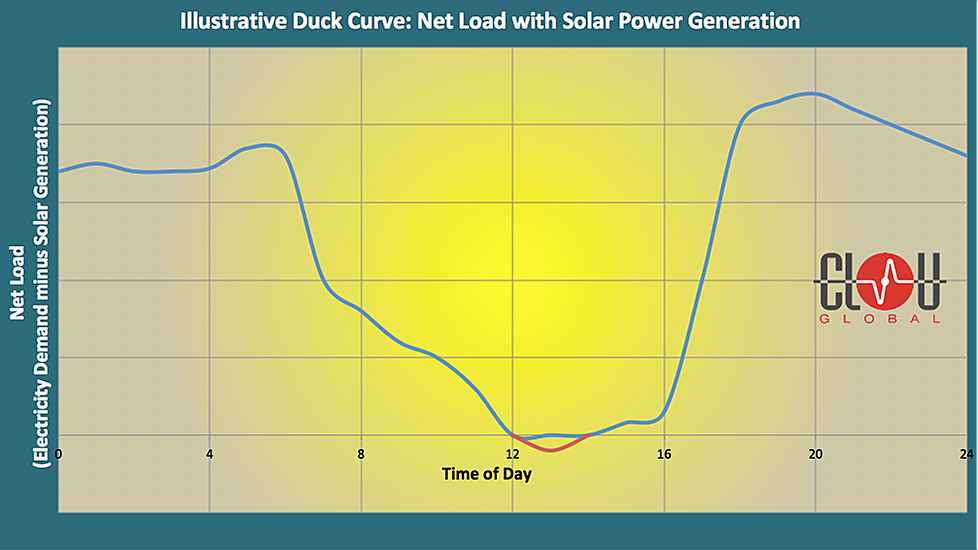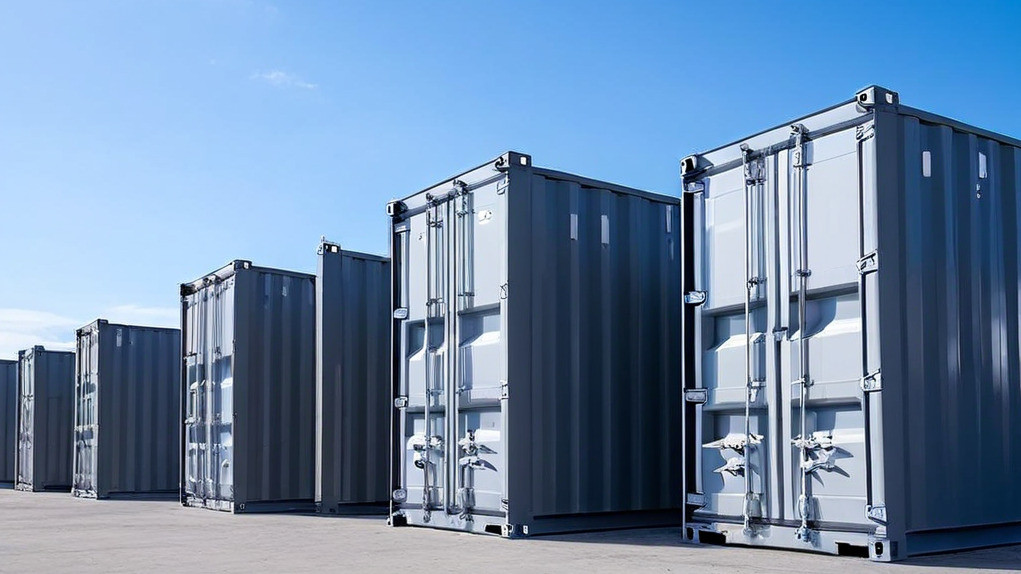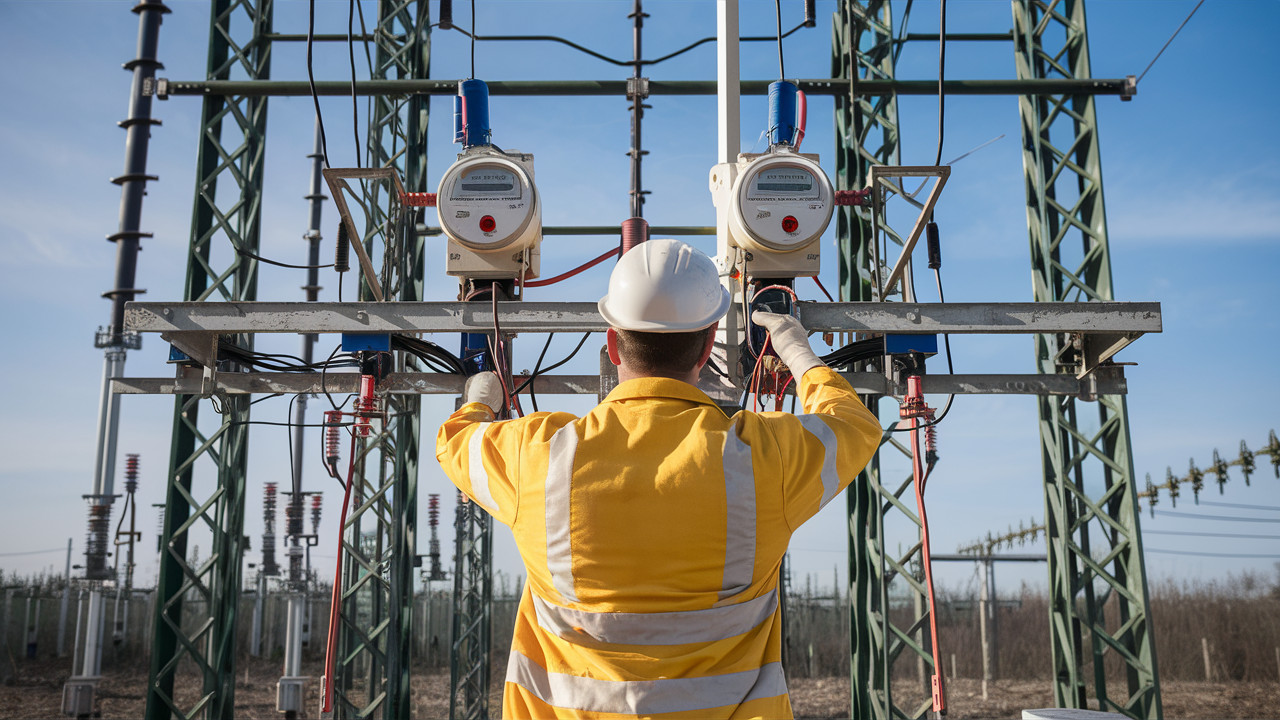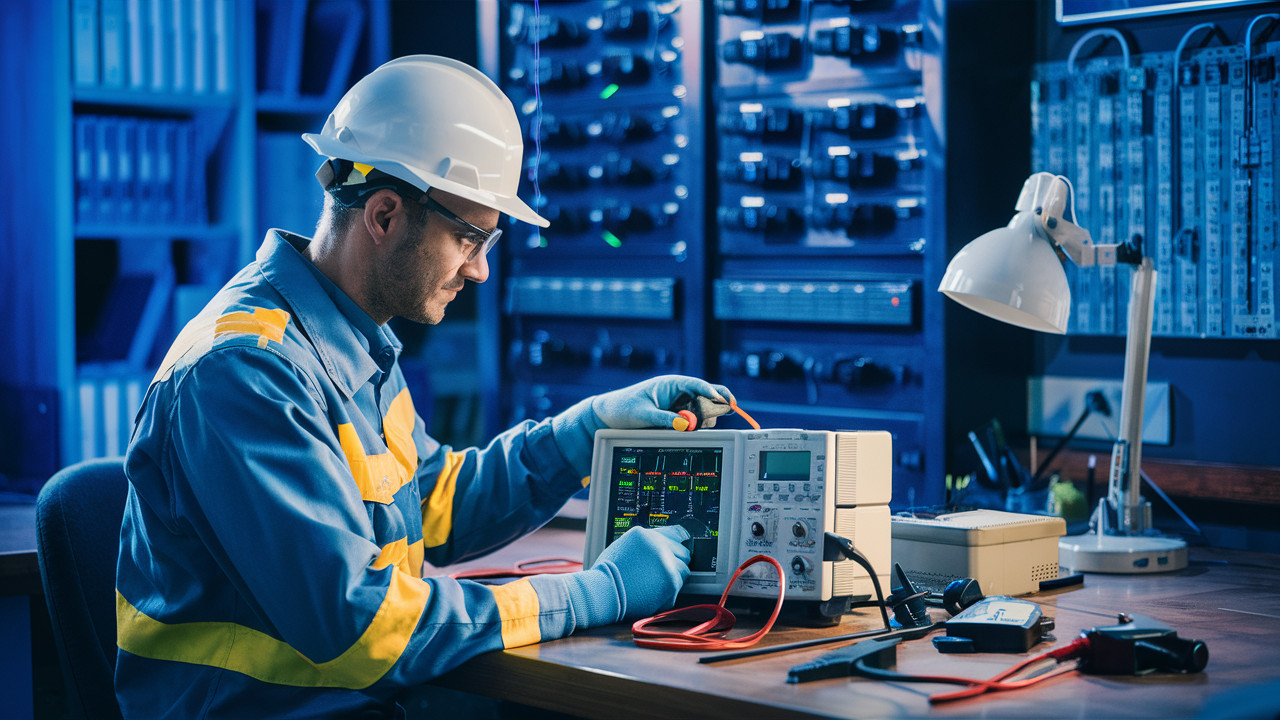CLOU GLOBAL TECHNOLOGY provides energy management products and customized solutions for efficient energy usage, cost reduction, and sustainability compliance.
Here we are publishing answers to your questions related to our products and services.
Please do not hesitate to reach out to us if you have any questions or queries. You can use our easily accessible contact form or can leave a comment below the relevant article to get in touch with us.
Note: The calculators and animations on this website work with JavaScript-enabled Web browsers. Please make sure your Web browser is JavaScript-enabled.
Since End of 2020 we are using asynchronous scripting technologies.
Recent Articles
-

Evolving Power Markets for the Renewable Age
The way we make and use power is changing fast as countries switch to cleaner energy sources. This is driven by things like renewables getting cheaper, governments wanting fewer greenhouse gases, and companies setting green goals. At the heart of this clean energy shift are power markets. They need to evolve so they can handle…
-

The Duck Curve and Solar Power Integration
The growing use of solar power is changing electricity systems across the globe. But solar's unreliable nature, depending on sunny weather, also creates new hurdles for keeping power grids stable and reliable. The "duck curve" has become an influential idea for understanding these changes and picturing the tricky balancing act needed. So what's the duck…
-

Digital Monoculture: The Hidden Risks of Standardization
In today's era many companies rely on the cloud services and cybersecurity solutions leading to a digital monoculture. While this standardization promotes operation and broad compatibility of computer systems, it also poses risks. When issues arise they can quickly spread across industries and regions as seen in the CrowdStrike incident. The interconnected nature of IT…
-

Maximizing Renewable Energy Efficiency with Advanced Power Electronics
Explore the latest advancements in power electronics for seamless integration of renewable energy sources into the grid, improving efficiency, reliability, and overall system performance. From advanced inverters to energy storage systems and offshore wind farms, discover how power electronics is shaping a cleaner and more sustainable energy future.
-

The Hype and Hurdles Facing Hydrogen Energy
Hydrogen is getting tons of buzz lately as a climate-friendly way to store energy long-term and power cars emission-free. Supporters say it could be made renewable by using solar and wind electricity to split water into hydrogen and oxygen. This "green" hydrogen could then fuel vehicles in fuel cells, with only water coming out the…
-

The Importance of Real-Time Data Communication in Smart Grids
In the transition from traditional power grids to smart grids, the installation of smart meters is only the first step. While advanced metering technology is essential, its true potential is unlocked only when paired with robust real-time communication infrastructure. It's somewhat meaningless to invest in high-tech meters if they are read infrequently, such as once…
-

Human-AI Collaboration for Smart Grid Management
The electric power grid is undergoing a major transformation driven by the integration of renewable energy sources, distributed energy resources, and advanced digital technologies. This evolution towards a more complex, decentralized and data-driven grid is referred to as the Smart Grid. Effective management of the Smart Grid relies on utilizing advanced analytics and AI to…
-

The 'Smart' Epidemic: Beneficial or Just Buzz?
The 'smart home' revolution has certainly taken off in the last 10 years! It seems like every new gadget and appliance is being labelled as 'smart' – from fridges and thermostats to lightbulbs and security cameras.
-

Smart Grid and Energy Storage: A Perfect Match
In today's changing energy landscape the merging of grids and energy storage systems marks a significant stride, towards achieving effective, dependable and eco-friendly power management.
-

Energy Saving with Smart Meters: How Technology Can Help You Save Money and the Environment
Smart meters offer an effective way to reduce energy consumption, save money and promote sustainability. With the right tools and strategies, energy saving with smart meters can be both easy and effective.
-

Understanding and Managing Annual Drift in Measurement Instruments
The linear nature of drift allows for trend analysis and future performance characterization. By managing drift impacts and incorporating drift characteristics into calibration planning, organizations can ensure measurement trustworthiness and make science-based decisions.
-

Common Meter Wiring Issues Leading to High Reactive Energy Readings
In the complex world of electrical systems, accurate energy metering is essential. However, incorrect wiring of meters can lead to skewed energy readings, particularly in reactive energy measurements. For electrical engineers, decision-makers, and testing engineers, understanding these wiring issues is crucial to ensure precise and reliable energy data.
-

Electromagnetic Force: The Driver of the Power Industry
Electricity generation is not a topic of interest, in studies but also serves as the foundation of the entire power industry facilitating the interaction between charged particles. This interaction is crucial for enabling the production, transmission and distribution of electricity that powers our society.
-

Plogging for a Greener Tomorrow: CLOU's Saturday Adventure in Shenzhen
Our team at CLOU had a brilliant time last Saturday, combining fitness and helping the environment through an activity called 'plogging'.
-

When the Lights Go Out: Understanding the Risks and Benefits of International Power Interconnection
The recent blackout in Montenegro, Bosnia, and Croatia serves as a stark reminder of both the benefits and risks of interconnected power grids. While these grids offer enhanced reliability, cost efficiency, and support for renewable energy, they also come with challenges such as cascade failures, complexity in management, and political hurdles.
-

CLOU's Aqua-C2: A New Milestone in Energy Storage at ees Europe
At the ees Europe exhibition, CLOU unveiled its new liquid-cooled energy storage system, the Aqua-C2. Developed based on CLOU's “E³S (Extreme Performance, Extreme Safety, Extreme Service, Intelligent Control)” product value theory, the Aqua-C2 boasts several key features
-

Keeping the Power on: How to Spot and Fix Weaknesses in the Electrical Grid
The electrical grid, a critical infrastructure in our modern society, faces numerous vulnerabilities that can disrupt its reliable operation. From cyber threats to natural disasters and equipment failures, it is imperative to identify and mitigate these vulnerabilities to ensure grid resilience and safeguard the reliable supply of electricity.
-

Measurement Uncertainty: What Utility Engineers Need to Know
This article aims to clarify the concept for utility engineers, emphasizing its implications. In the realm of measurements, accuracy is key.
I visited the Clouglobal blog, and I'm truly impressed by the depth and quality of their content on page 3. It's evident that they're committed to providing valuable information. Keep up the great work!
Thank you so much for taking the time to visit our Clouglobal blog and for your kind words about the content. We greatly appreciate your feedback and are thrilled to hear that you found our content to be of high quality and valuable. At Clouglobal, we are dedicated to providing insightful and informative content to our readers, and it's rewarding to know that our efforts are resonating with you. We are committed to maintaining the same level of depth and quality throughout our blog, and your encouragement motivates us to keep up the great work.
If you have any specific topics or areas of interest that you would like us to cover in future articles, please feel free to let us know. We value your input and strive to address the needs and interests of our readers.